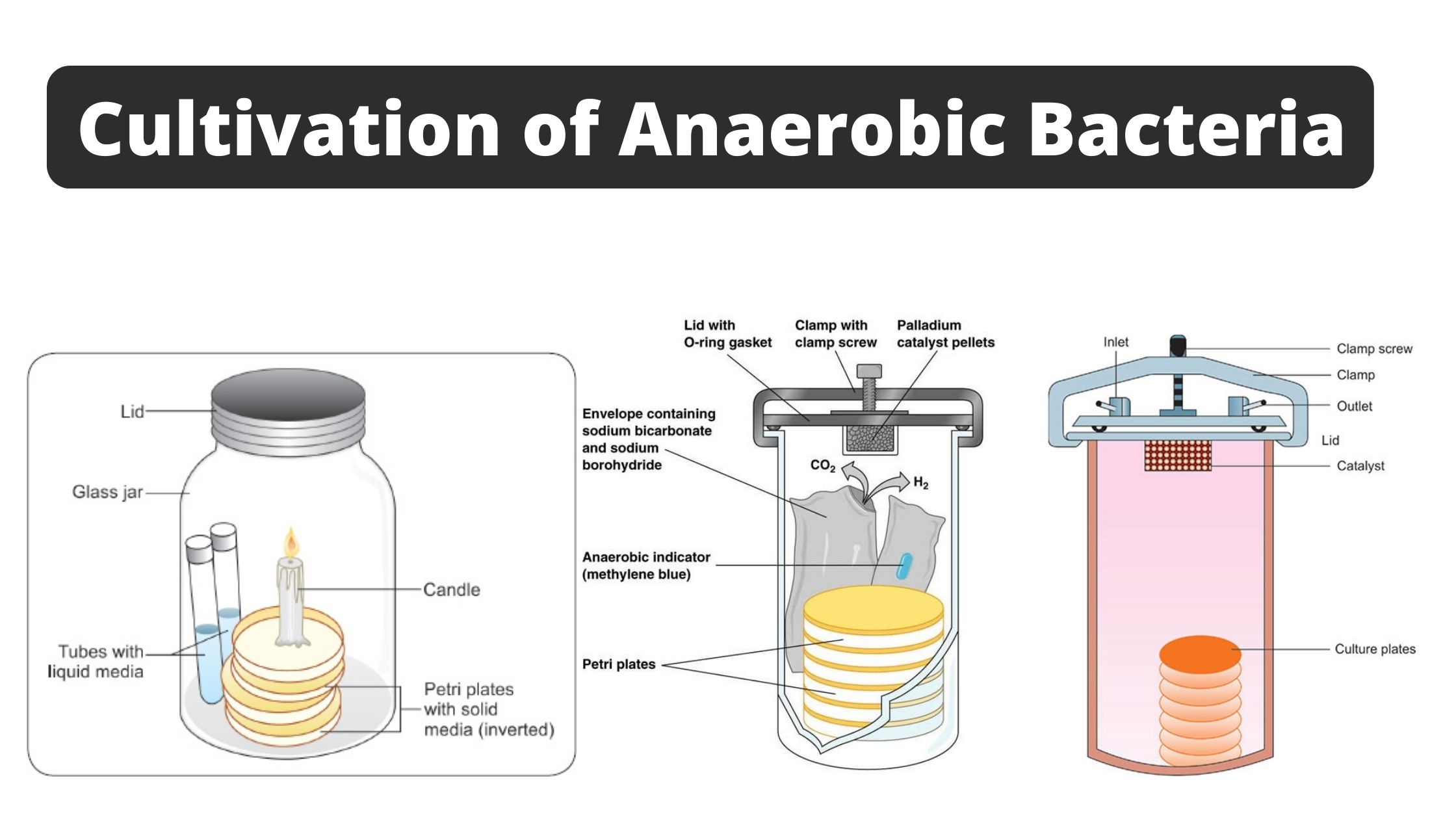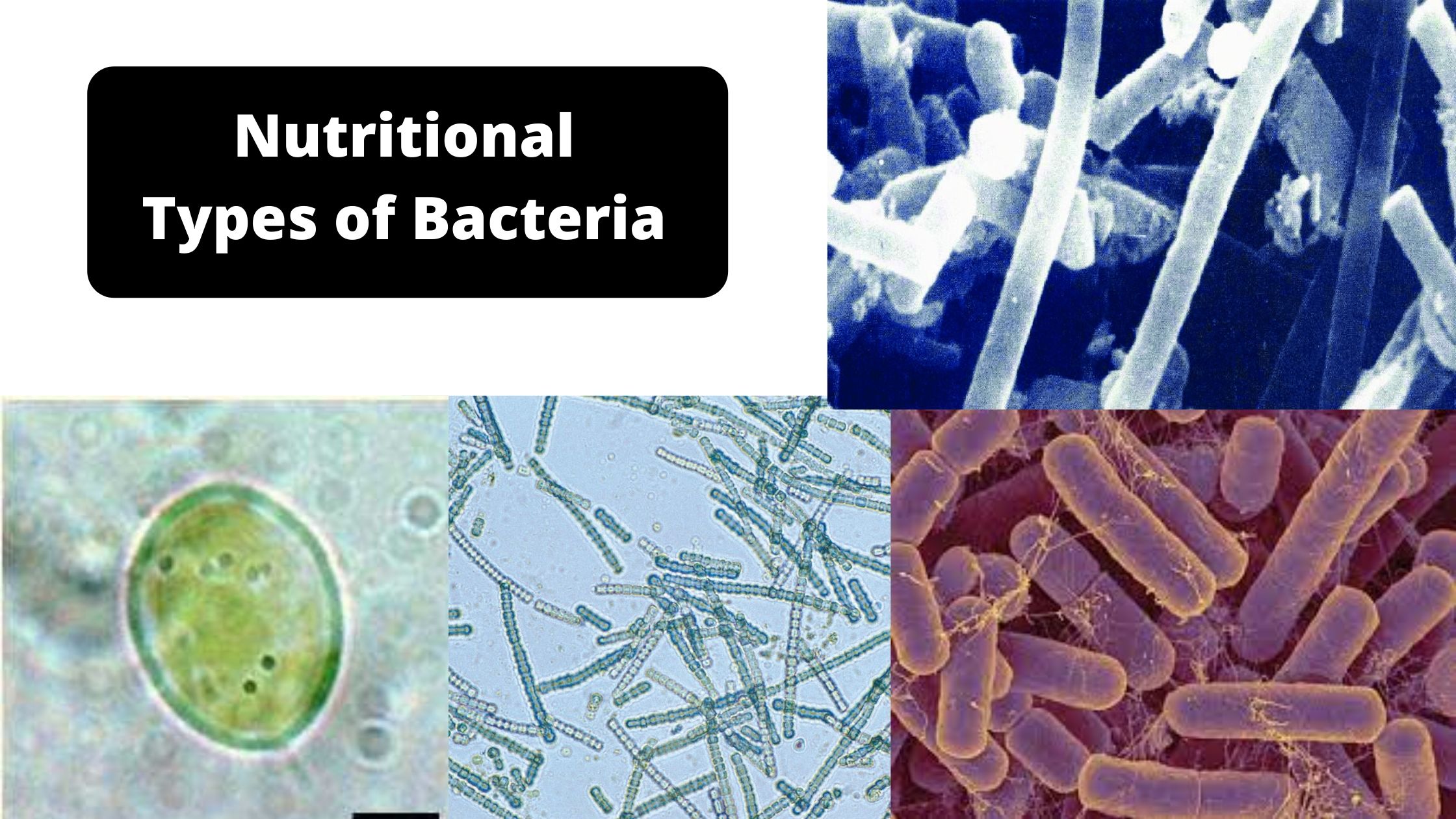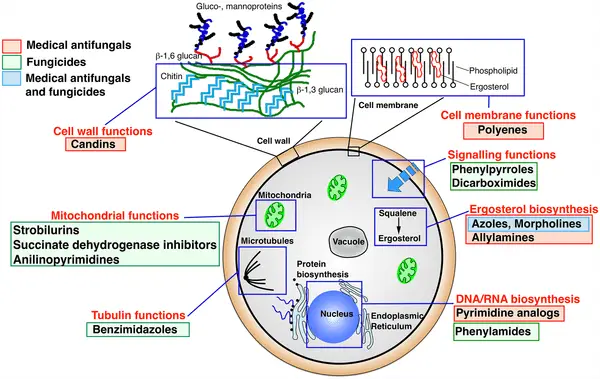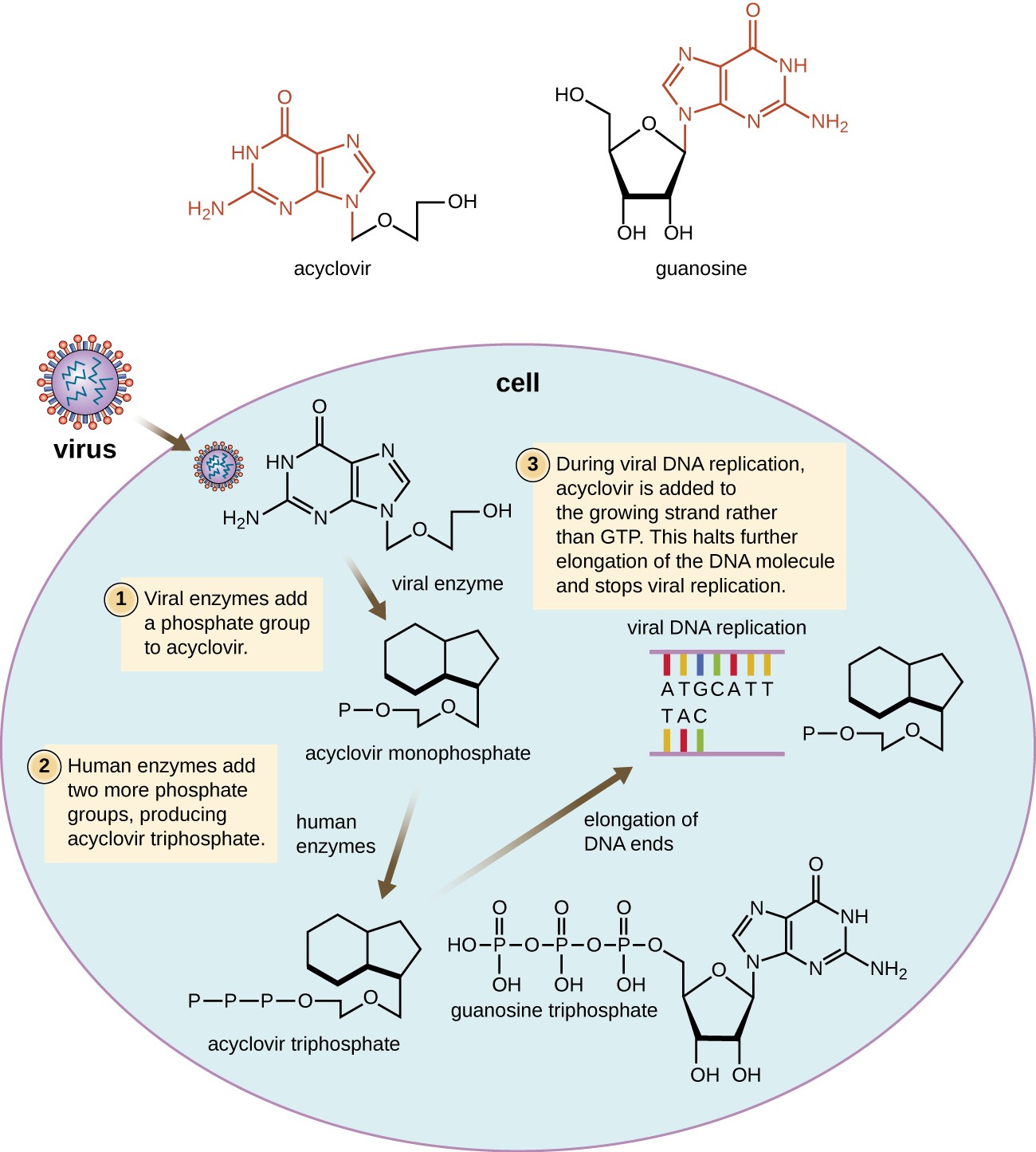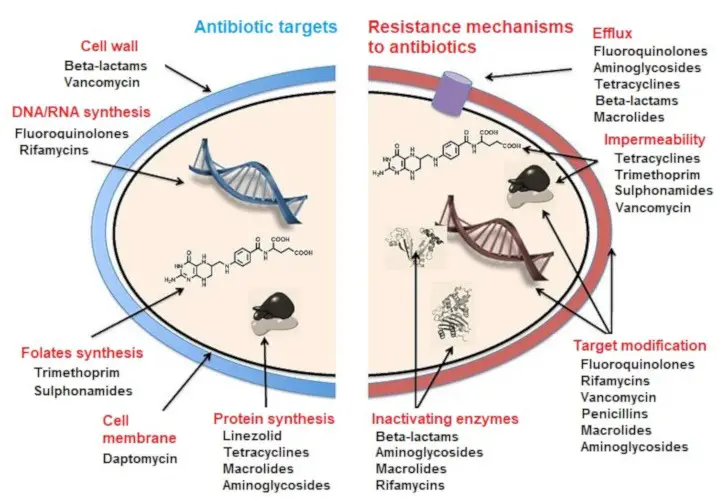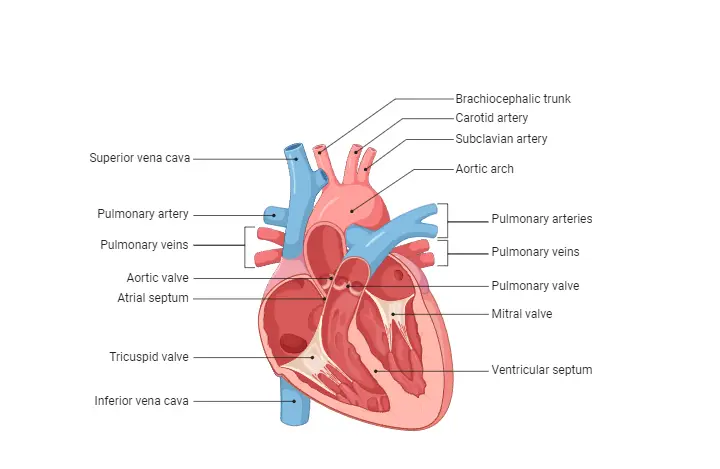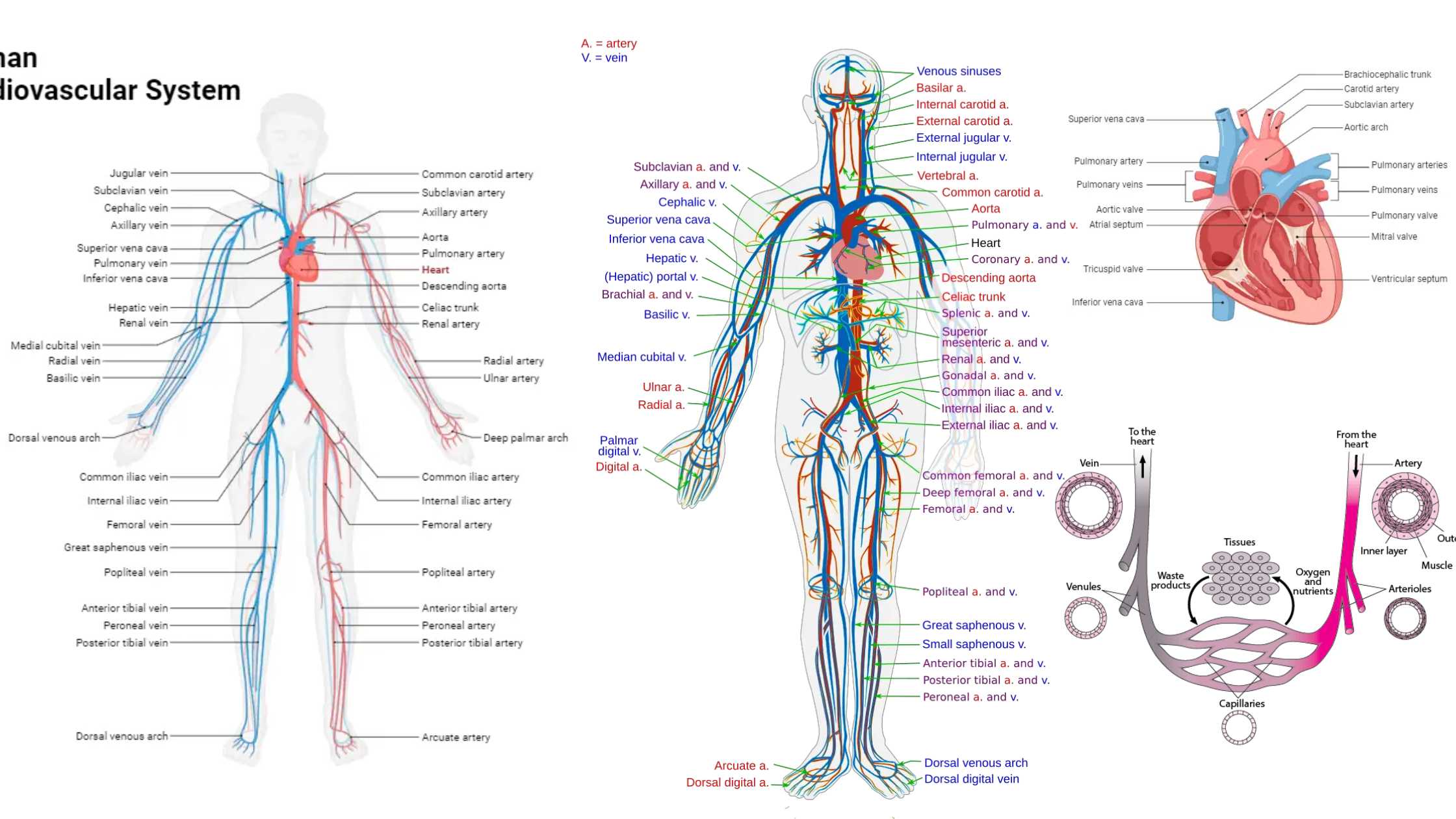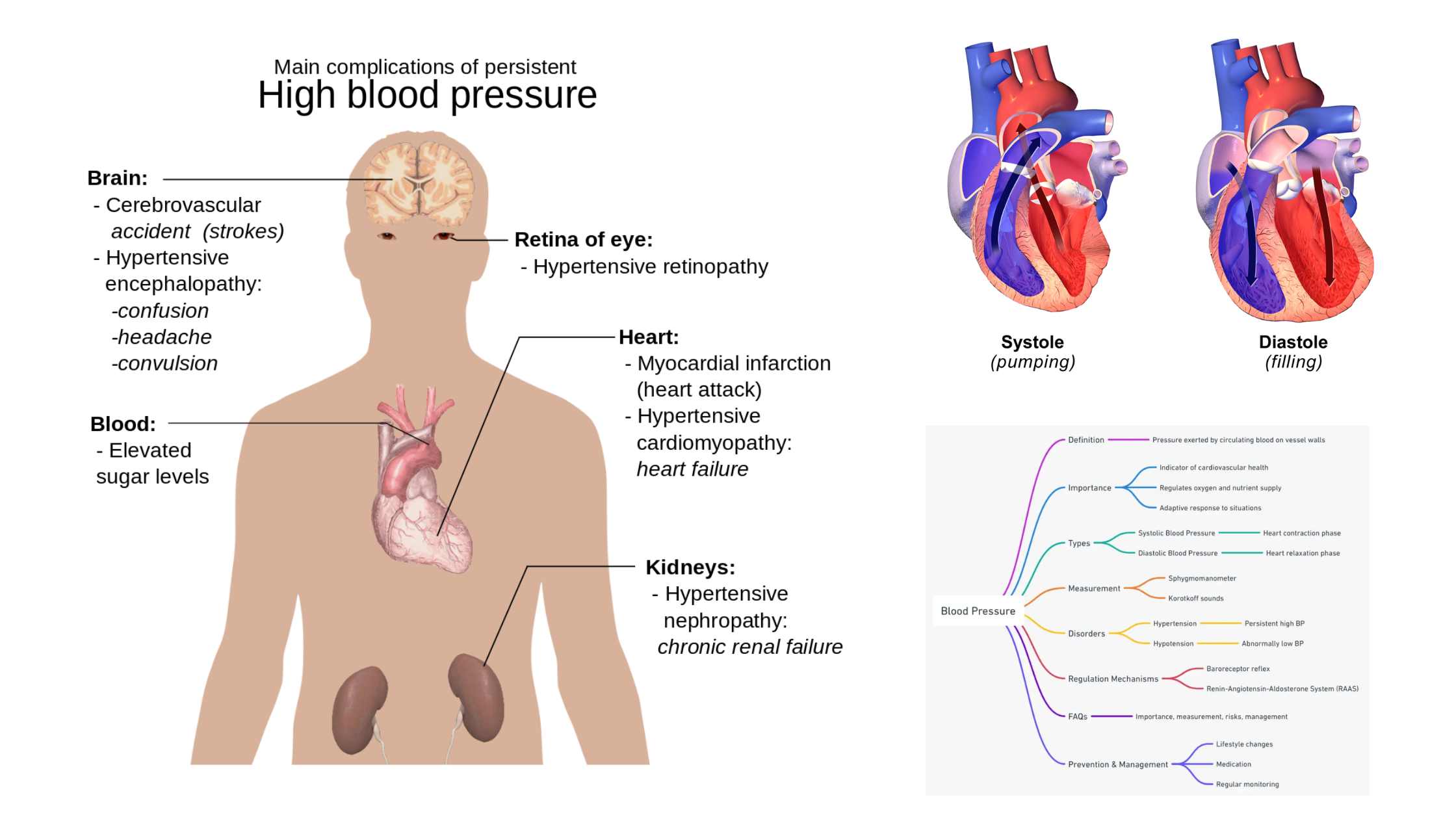Cultivation of Anaerobic Bacteria
What are Anaerobic bacteria? Characteristics of Anaerobic Bacteria Cultivation of Anaerobic Bacteria Cultivation of Anaerobic Bacteria. Stringent anaerobes can be grown only by taking special precautions to exclude all atmospheric oxygen from the medium. Such an environment can be established by using one of the following methods: Cultivation of Anaerobic Bacteria using Prereduced media Procedure … Read more
